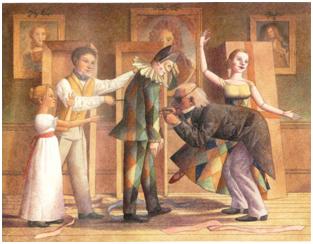Ben Cunningham’s blog (TaxingTennessee) excerpted and linked to an interesting item this morning on Pajama’s Media titled, “There’s no such thing as government money.” One sentence jumped out it me. It neatly summarized the tendency of government employees to spend every penny appropriated and always seek increased budgets. In particular government employees and agencies tend to go on a spending spree during the last month of the fiscal year to insure that every dollar was spent. This is a deeply entrenched habit of government fiscal behavior – but it can be broken.
In my six years as City Manager in Mt. Juliet, I was most proud that my team of department heads managed to turn unspent money back in to the city’s general fund every year for six straight years. The amount averaged about 6%. We were able to do this because of a conscious decision on the part of the senior staff that this was the right thing to do, and my pledge to them that they would not be penalized when the next year’s budget was being formulated. To back that up, we froze purchase orders about 5 days into the last month of the fiscal year. The finance department had orders NOT to issue ANY purchase orders. Emergencies and exceptions had to be negotiated with the City Manager. It worked. We saved the City about $2.5 million over six years.
There is another innovative practice I have heard about, but never got a chance to implement. In Oregon, City Manager Scott Lazenby has led his city in adopting a two-year budget. Department heads are ecouraged to economize wherever possible. Any operating funds NOT spent during the first fiscal year are kept in the department budget and can be used for capital projects (subject to approval by the City Manager and City Council). It appears to work well.
My $.02 is that if leaders (both elected and appointed) pay attention, lay out the ground rules clearly, and lead by example that the budget excesses can be avoided.
– Rob Shearer




















